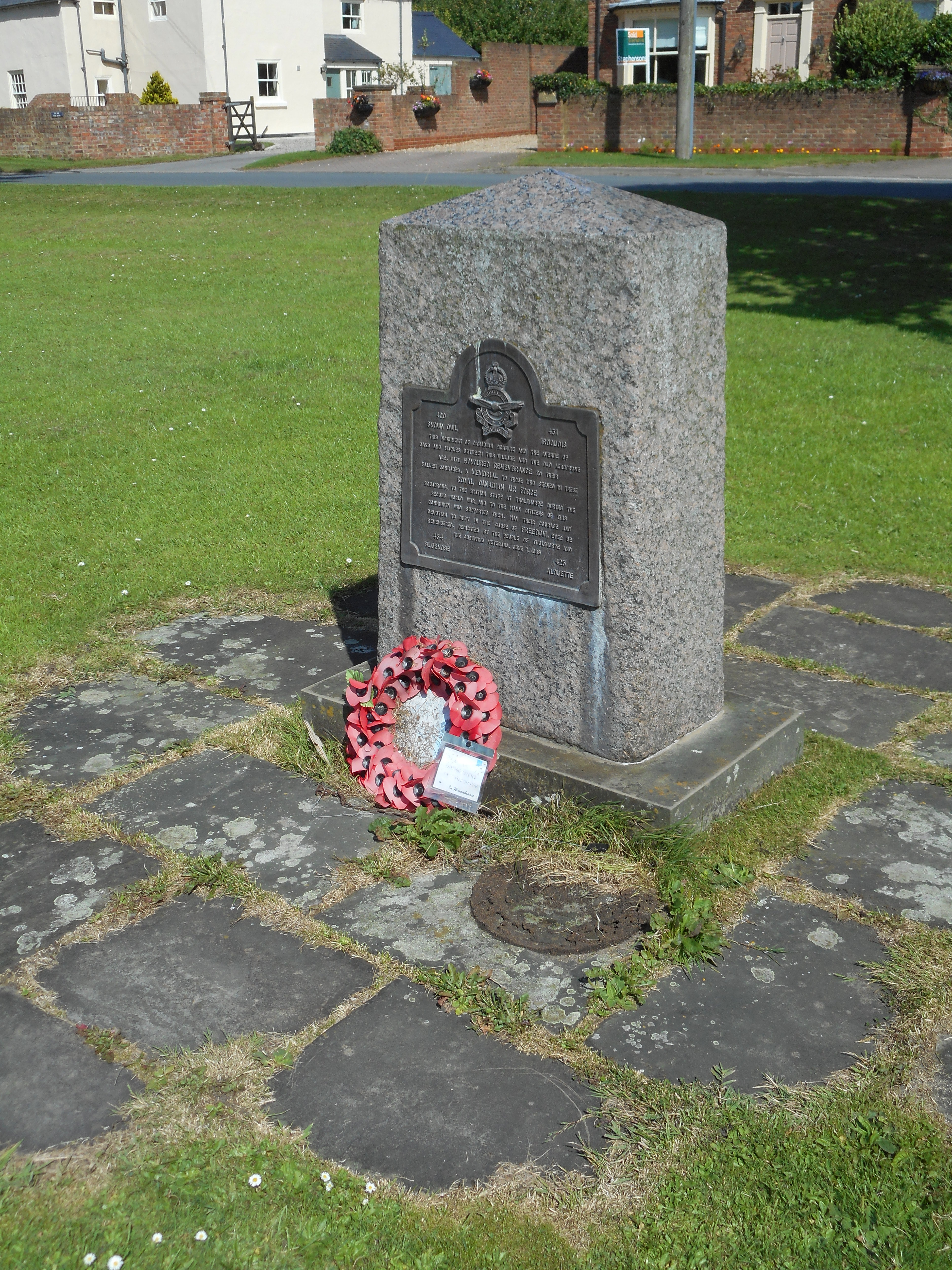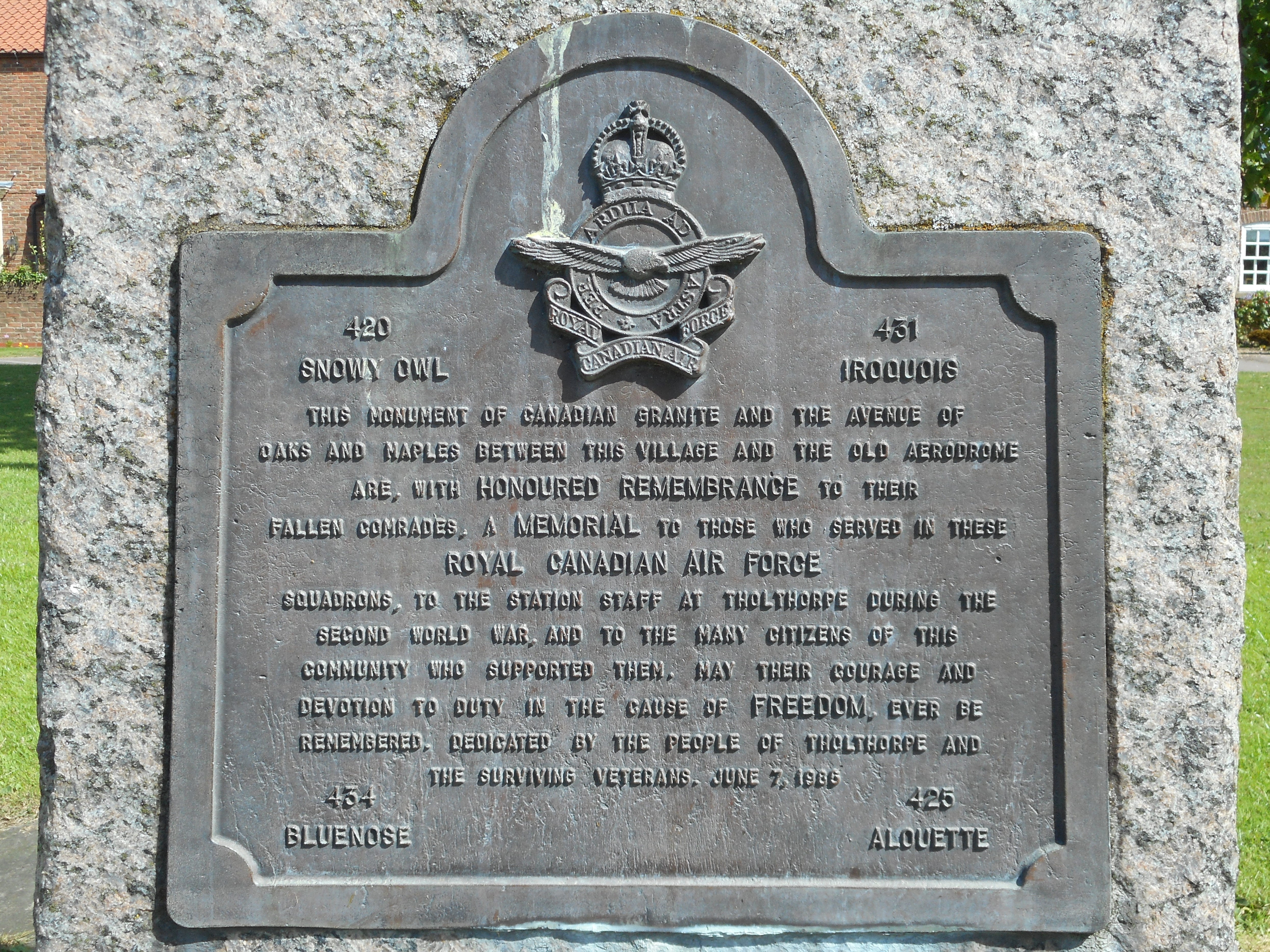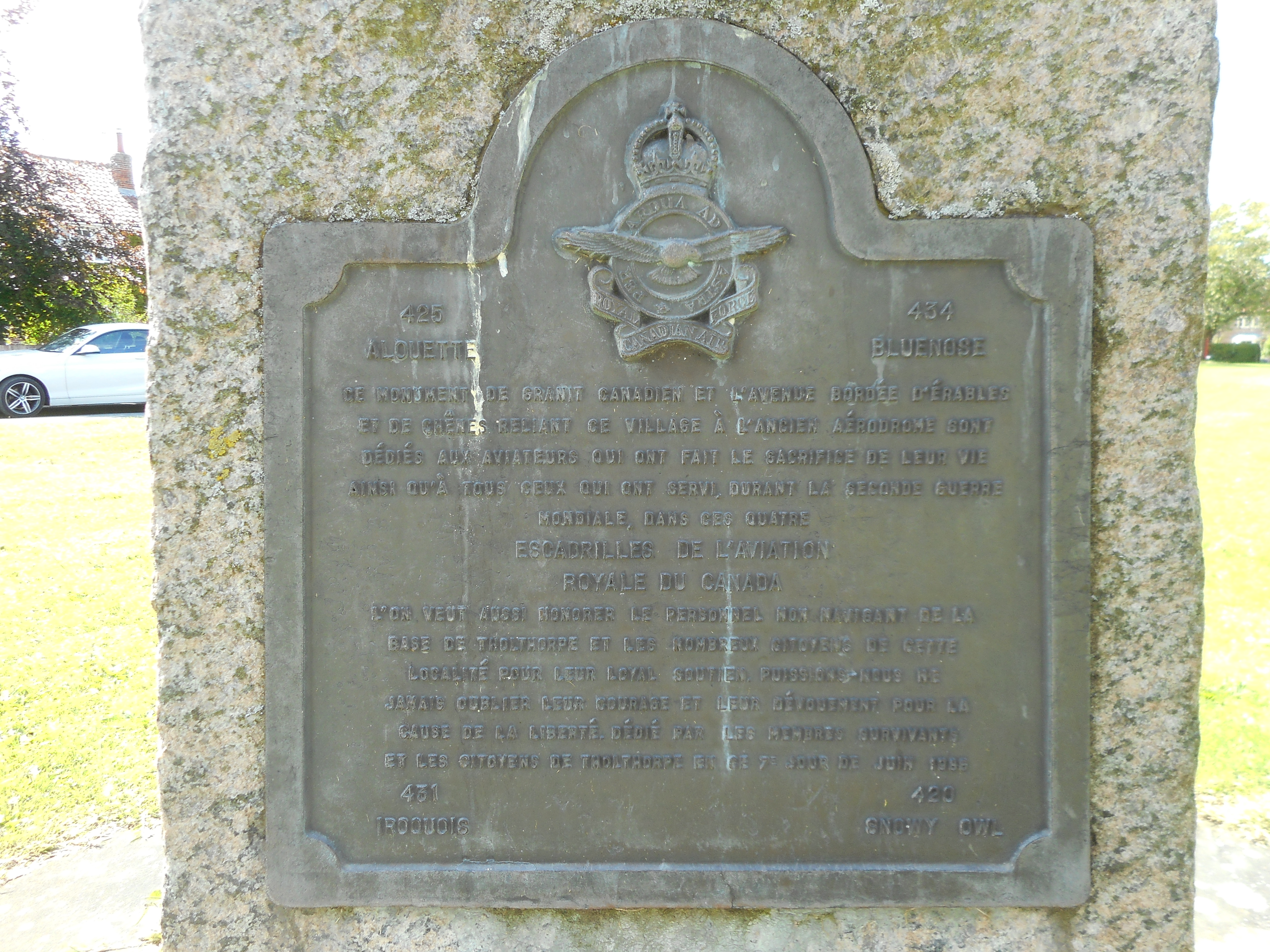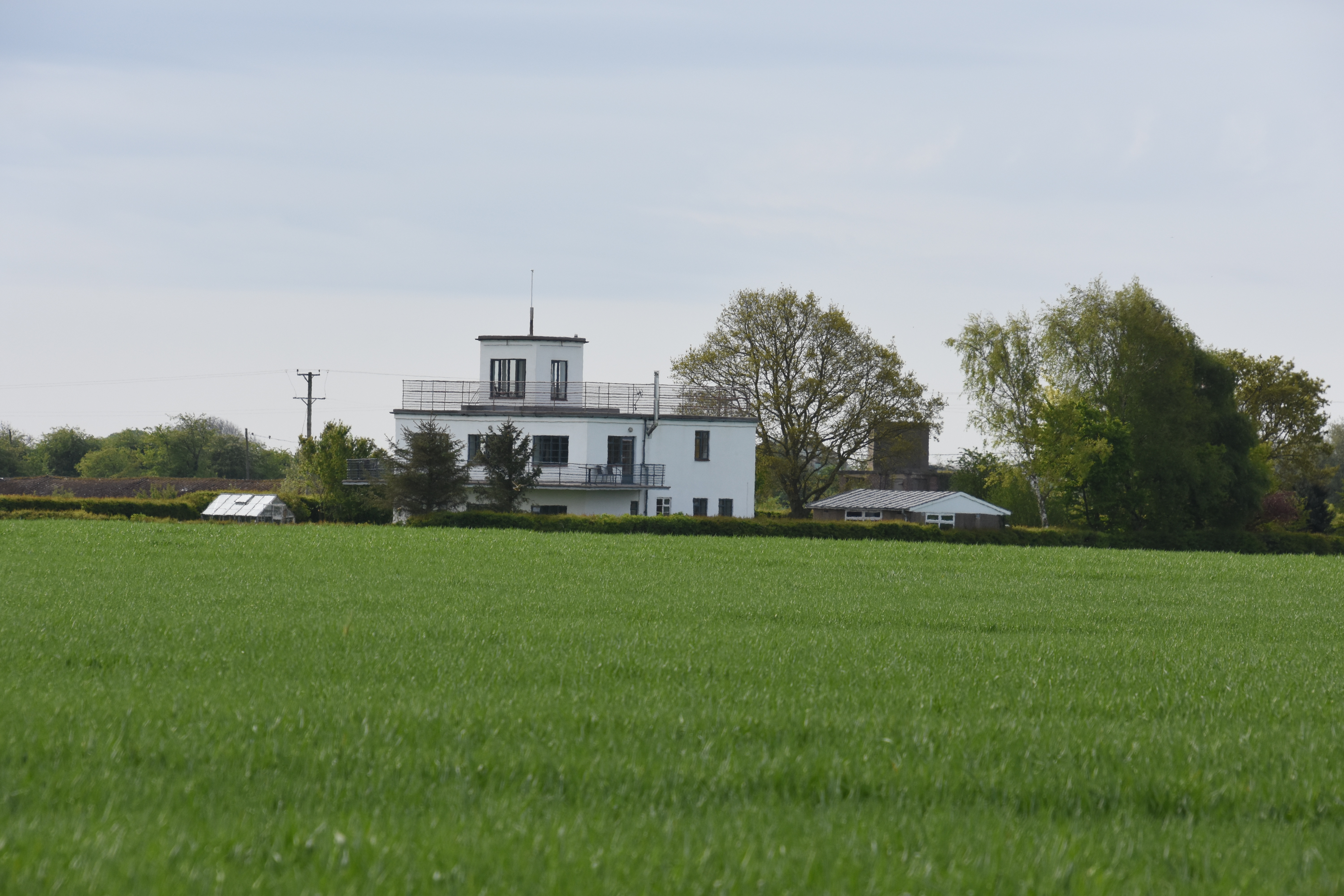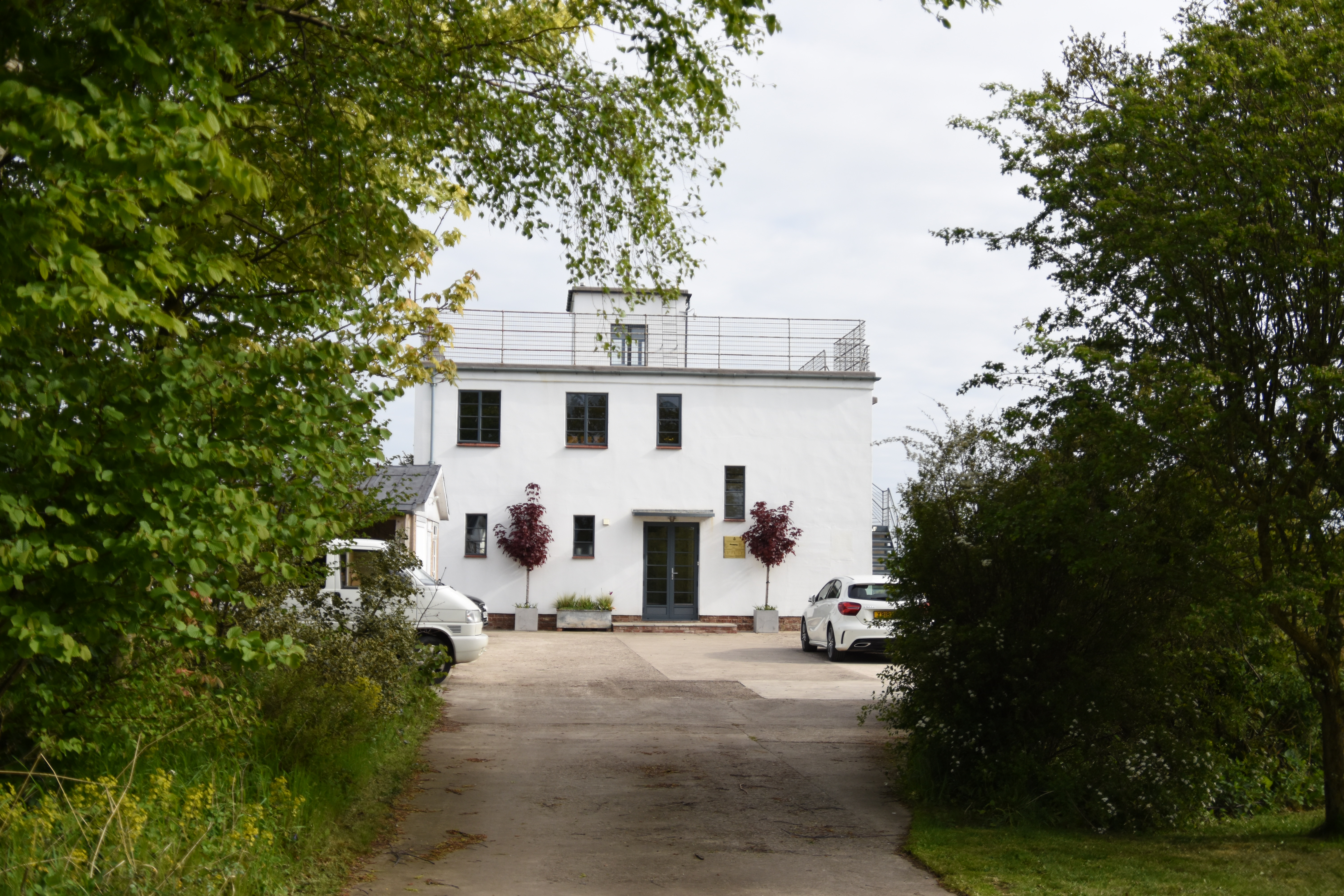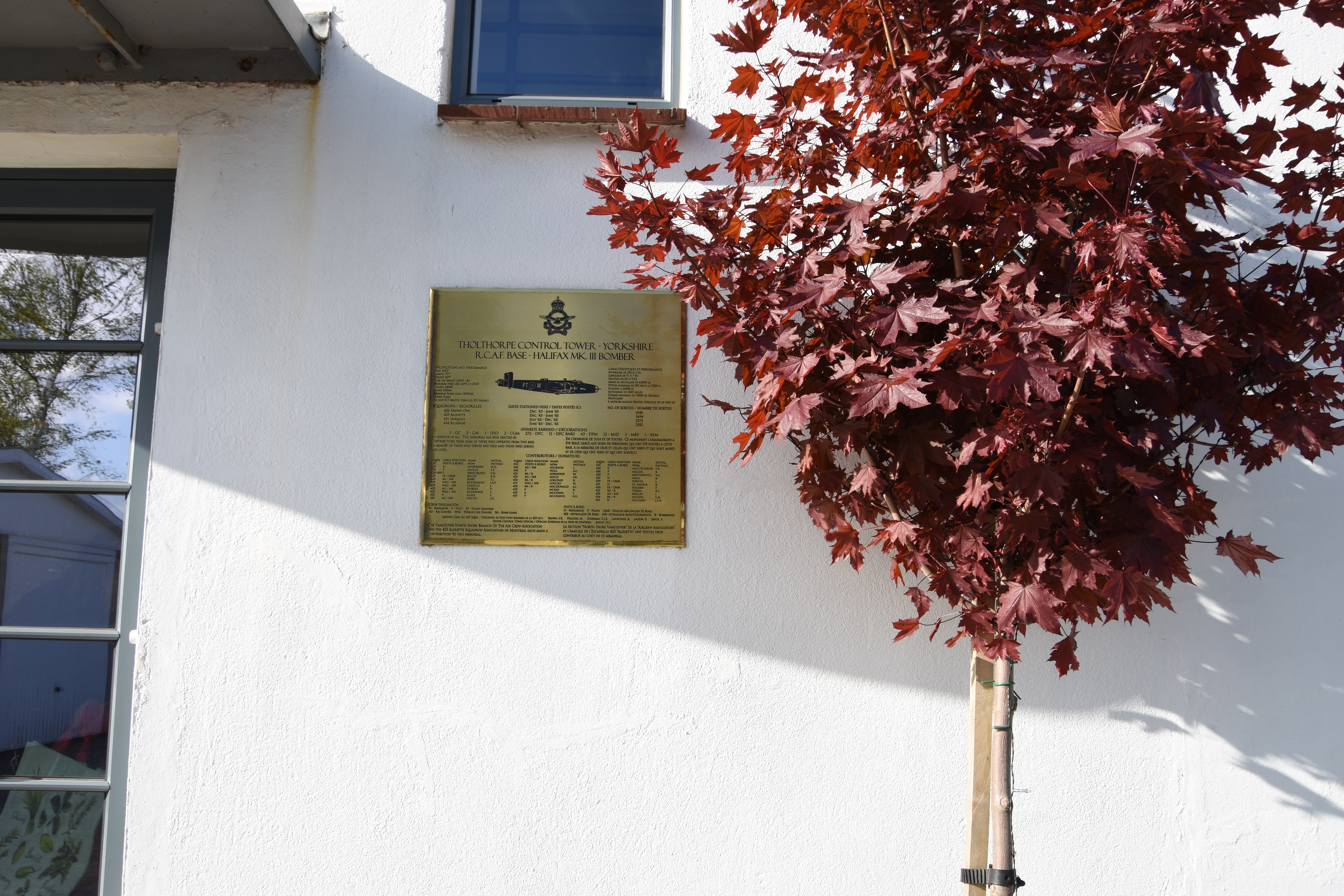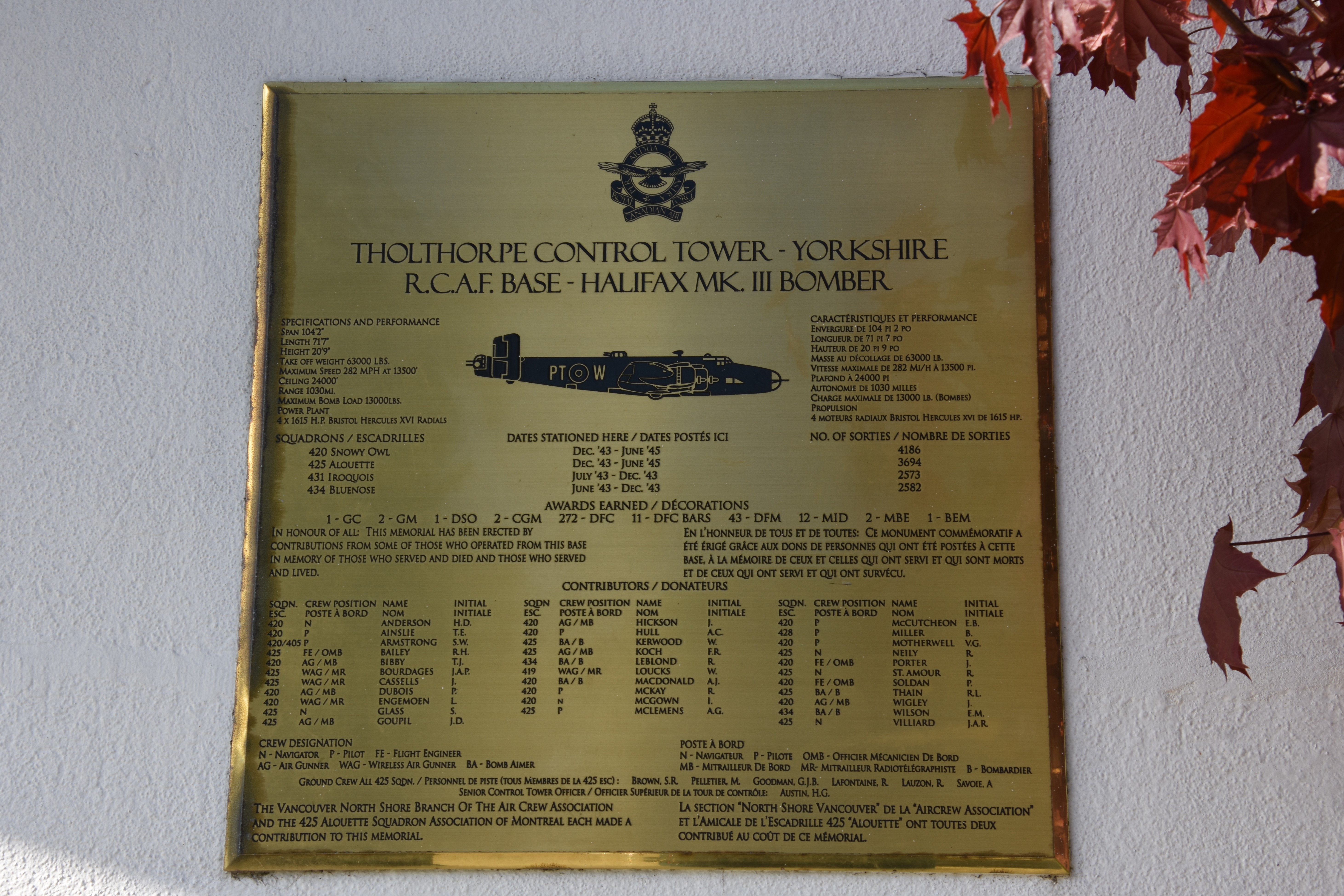Popplewell, Chetwin Hamre
Personal Information
| Rank | F/O |
| Forename(s) | Chetwin Hamre |
| Surname | Popplewell |
| Gender | M |
| Age | 22 |
| Date of Death | 29-09-1943 |
| Next of Kin | Son of Roy Harold Popplewell and Olive Constance Popplewell (née Hamre), of Davidson, Saskatchewan, Canada. Husband of Eileen Mary Popplewell (née Howard), whom he married on 10 August 1943 at Aylesham, Norfolk. |
Aircraft Information
| Aircraft | Handley Page Halifax V |
| Serial Number | LK634 |
| Markings | IP-T T-Tommy |
Memorial Information
| Burial/Memorial Country | Germany |
| Burial/Memorial Place | Reichswald Forest War Cemetery |
| Grave Reference | 23. E. 3. |
| Epitaph |
IBCC Memorial Information
| Phase | 2 |
| Panel Number | 227 |
Enlistment Information
| Service Number | J/16305 |
| Service | Royal Canadian Air Force |
| Group | 6 |
| Squadron | 434 (Bluenose) |
| Squadron Motto | In excelsis vincimus (We conquer in the heights) |
| Trade | Pilot |
| Country of Origin | Canada |
Other Memorials
| Location | Popplewell Island, Saskatchewan |
| Country | Canada |
| Memorial Type | Island |
| Memorial Text |
| Location | Village Green, Tholthorpe, North Yorkshire |
| Country | United Kingdom |
| Memorial Type | Memorial Stone with inscribed Metal Plaque and Maple Tree |
| Memorial Text | A memorial to those Canadians who served at RCAF Tholthorpe during WW2, including 434 Sqn RCAF |
| Location | Former Control Tower, old Tholthorpe airfield site, North Yorkshire |
| Country | United Kingdom |
| Memorial Type | Inscribed Metal Plaque |
| Memorial Text | A memorial to those Canadians who served at RCAF Tholthorpe during WW2, including 434 Sqn RCAF |
Miscellaneous Information
| Chetwin was born at Davidson, Saskatchewan on 10 January 1921. His father was born at Toronto and was a retail merchant (grocer) and his mother was born at Hanley Falls, Minnesota, USA. He attended Dinsmore Public school, Saskatchewan 1927-1935 (grade 8) and then the High school 1935-1939 (grade 12, Jnr. and Snr. Matric). Chetwin’s hobby was music/singing and his main sports were hockey, baseball, tennis and track events. Between 1939- 1940 he took on odd jobs, and then worked as a Warehouseman at the B.A. Oil Company at Dinsmore, grain buyers, for a few months in 1940. He also worked at the Red & White Store as a clerk from 1941 until enlisting on 9 May 1941. He was known as Chet. |
| After enlisting and completing his training he was posted to the U.K., embarking from Canada on 8 January 1942. Arriving at 3 PRC on 21 January 1942 he was then at 3 (P)AFU on 23 June 1942. In August he was posted to 88 Squadron and flew his first operation on 8 November. On 6 July 1943 he was posted to 1664 CU and began training on Halifax bombers and finally 434 Squadron on 2 August 1943. |
Commonwealth War Graves Commission
Fellow Servicemen
Please note that this list gives all the losses aboard the quoted aircraft and occasionally these may have occurred on an earlier date when the aircraft was not itself lost. Please check the dates of death carefully.
Last Operation Information
| Start Date | 29-09-1943 |
| End Date | 30-09-1943 |
| Takeoff Station | Tholthorpe |
| Day/Night Raid | Night (0% moon) |
| Operation | Bochum. 352 aircraft, 9 losses (2.6%). Oboe equipped PFF accurately marked the target leading to concentrated bombing. 161 deaths on the ground |
| Reason for Loss | Shot down by as Hptm. Egmont Prinz zur Lippe Weissenfeld and crashed in a field near to Legden, 15km WNW of Munster. |

